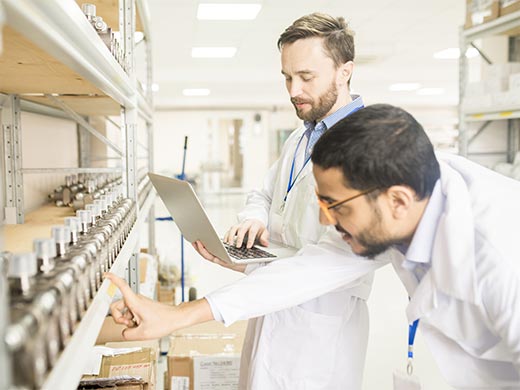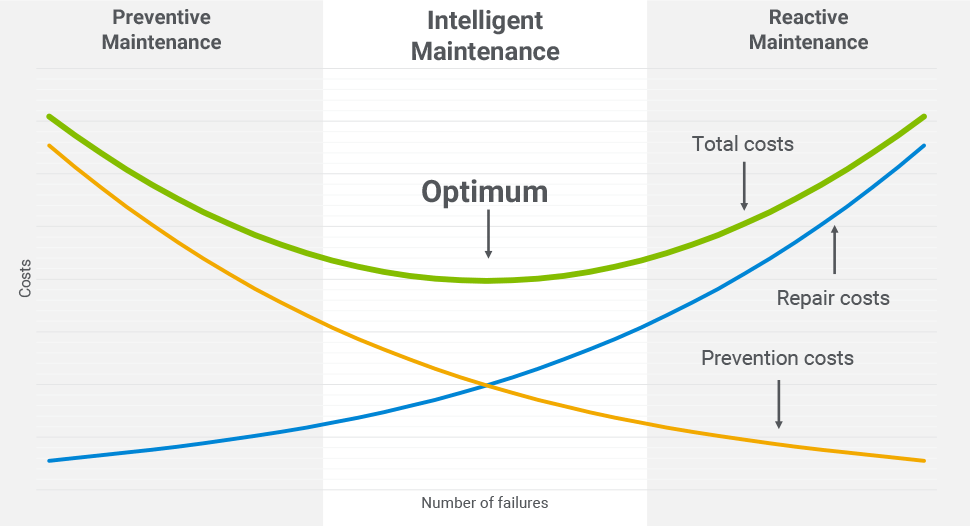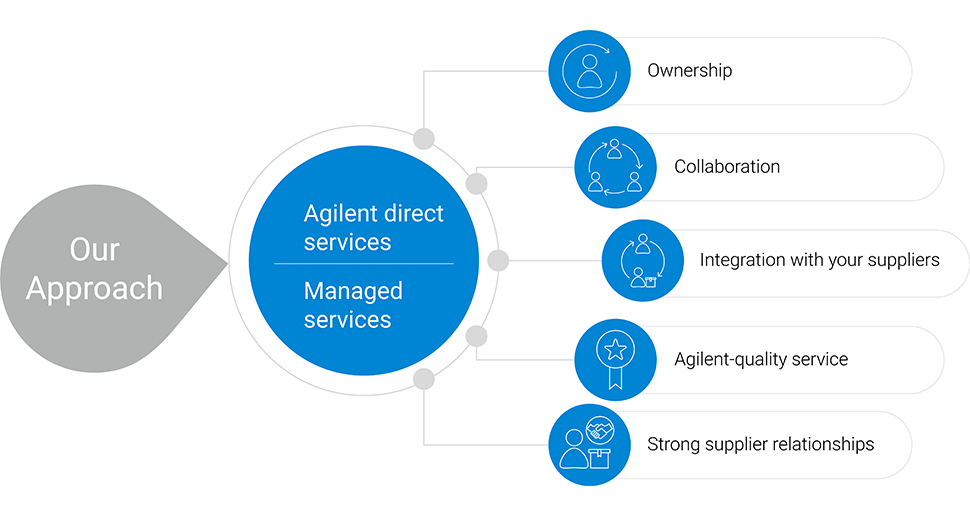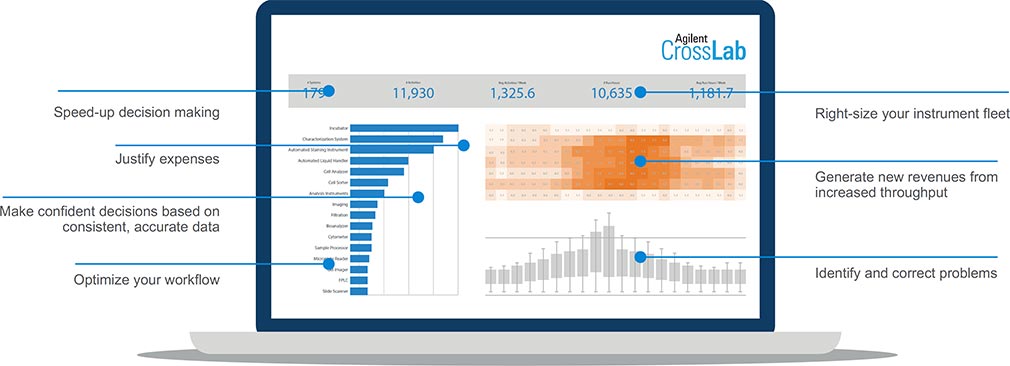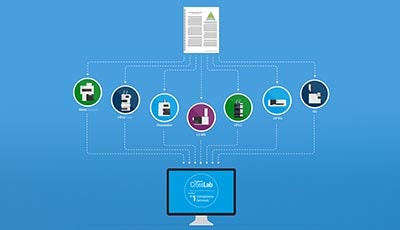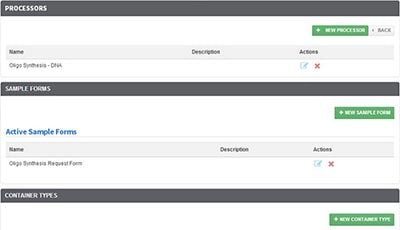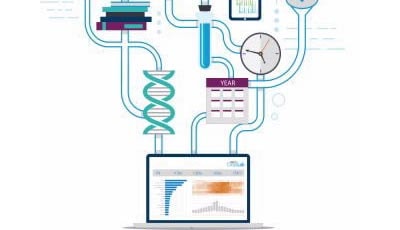Asset Management
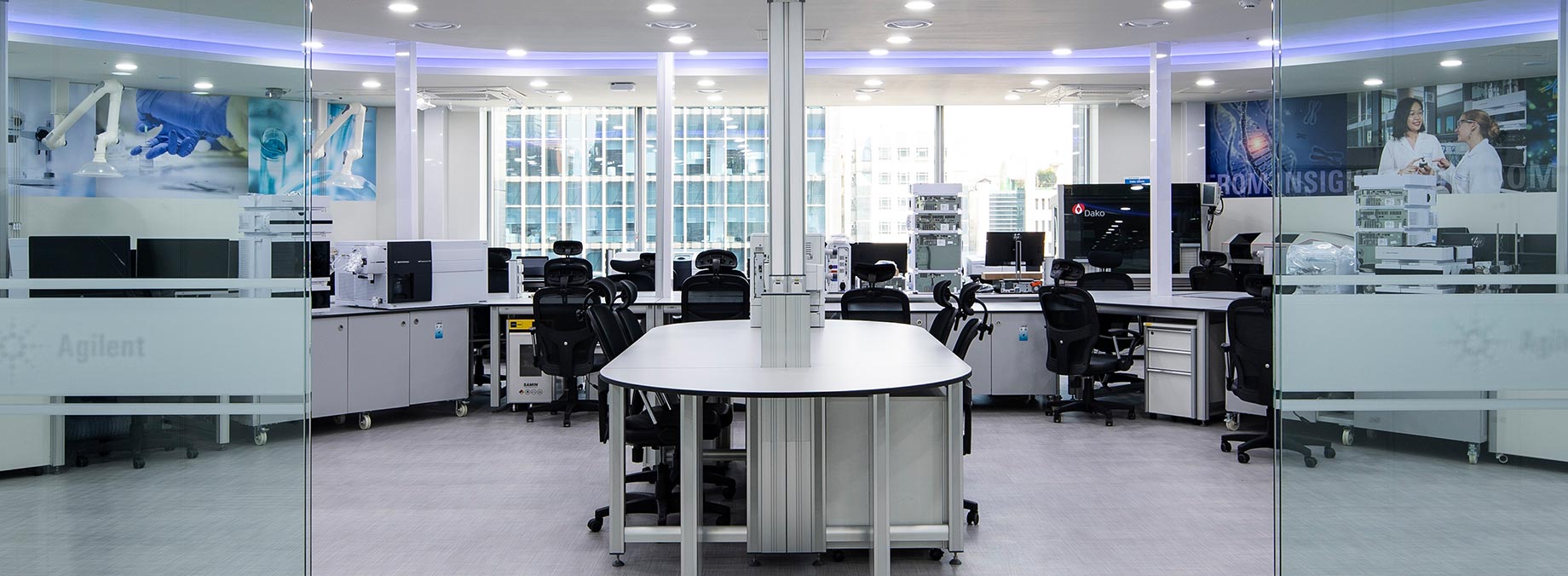
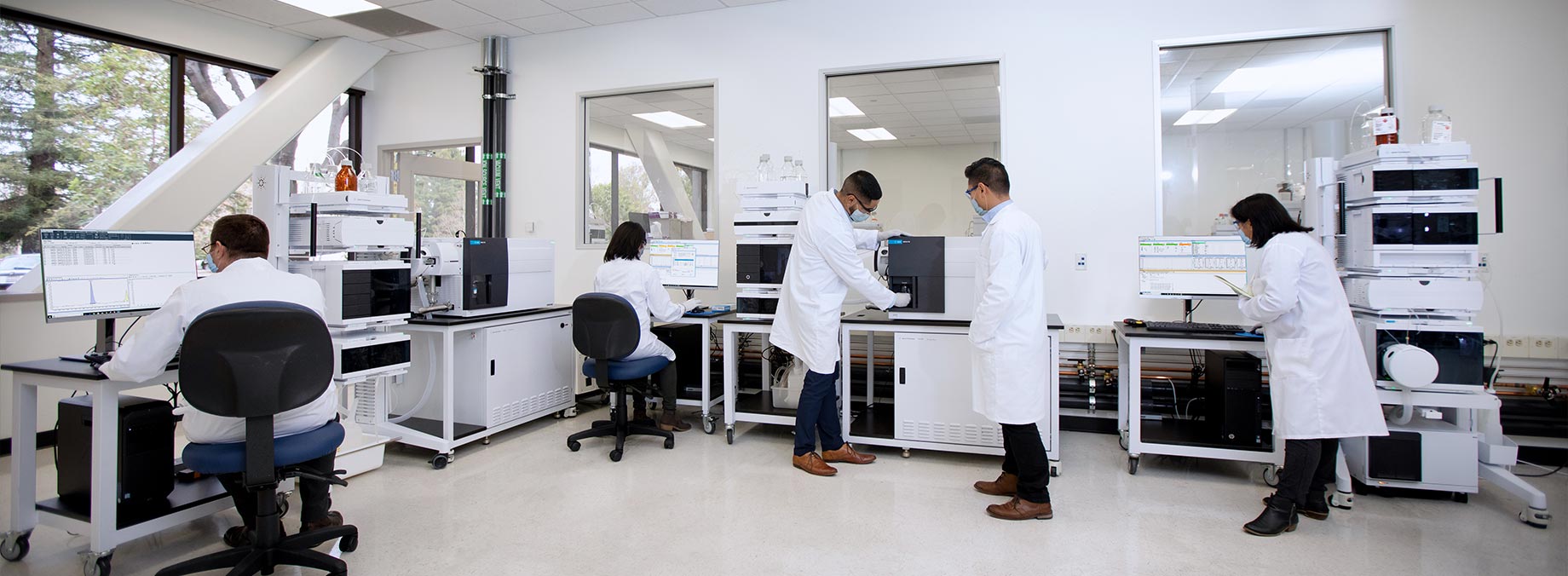
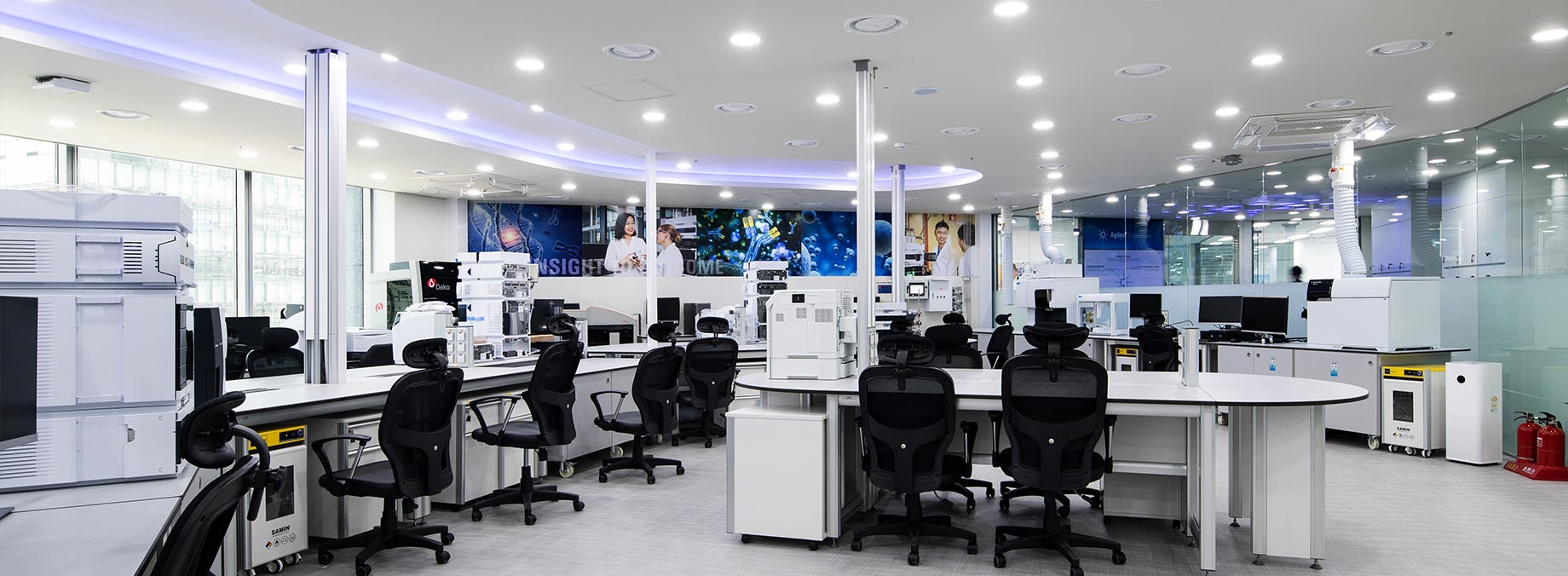
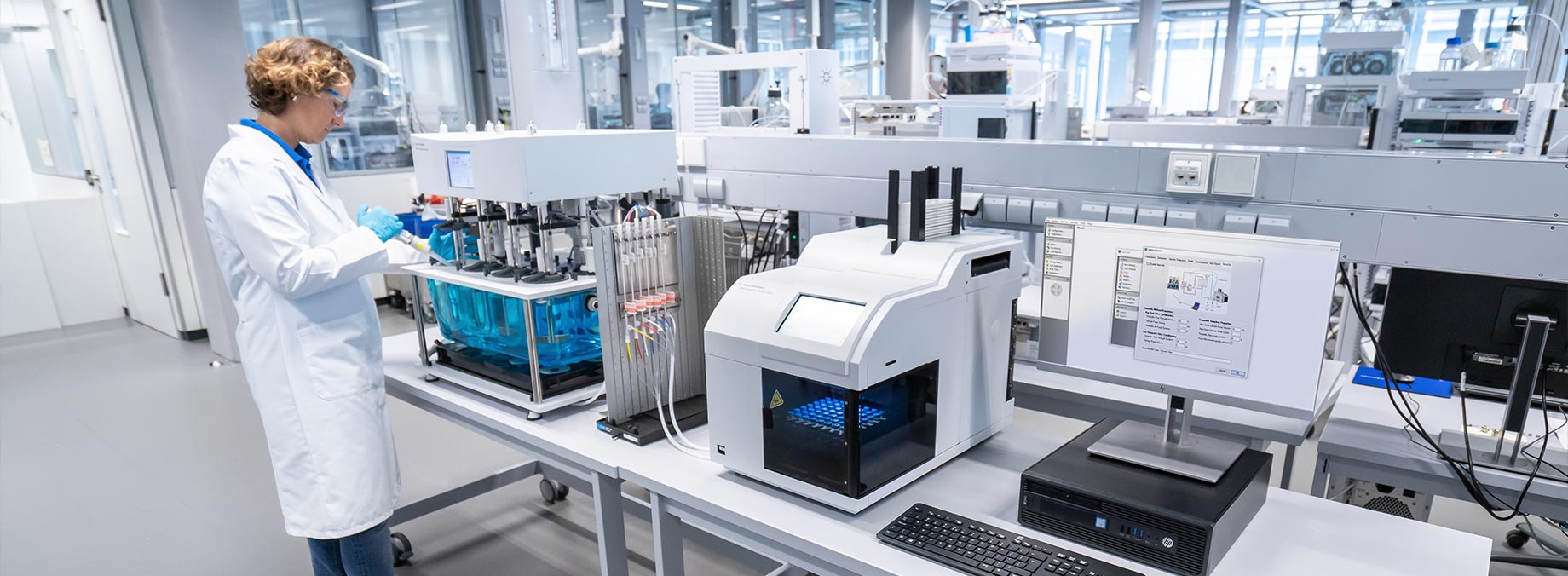
CrossLab Enterprise Services
A Learning Café
for the Enterprising Lab
Advance operations across your organization
If you have a centralized lab or shared facilities, Agilent CrossLab Enterprise Services can give you insights into improving efficiency, optimizing resources, and increasing instrument uptime. Our asset management, compliance, operational, and digital services work together to simplify, optimize, and transform your lab operations.
Is your lab positioned to achieve your goals?
Meeting your organization’s scientific and business objectives requires productive lab instruments, a clear line of sight into costs, and the flexibility to pivot when necessary. An asset management program makes that all possible. How? By empowering decision makers, driving value through innovation, and creating a culture of trust, transparency, and purpose-driven execution.
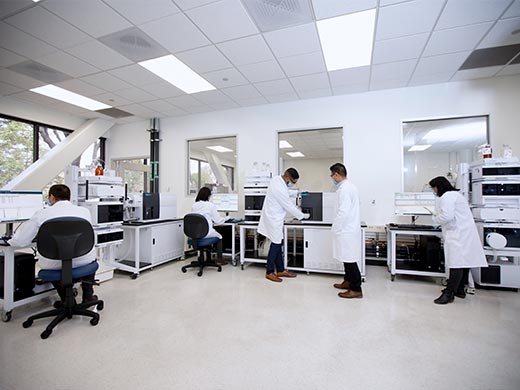
More than just choosing an instrument maintenance plan
Asset management is a strategy applied across your laboratory fleet that spans the asset life cycle—from planning and acquisition to salvage and disposal.
A comprehensive asset management program—organized and executed by a trusted partner—can help optimize your lab operations with a foundation of continuous innovation. It also helps you find strategic answers to questions like these:
How do you establish a foundation for success?
A strong asset management program goes beyond instrument tracking. It also includes documenting service contracts, implementing instrument utilization, conducting regular inventory cycle counts, and overseeing inventory movement.
Whether your organization is developing a program or already has one in place, there are several fundamentals that ensure productivity, cost management, and flexibility.
How do you raise your lab efficiency,
not your investment?
A large part of your productivity depends on having instruments that meet operational requirements and enable you to remain current with your testing and analytical workflows. But evolving technologies, changing industry requirements, and constrained capital budgets complicate decisions about new instrument purchases.
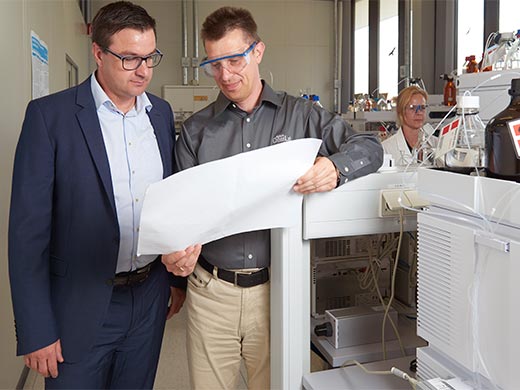
Does your service strategy support your business objectives?
Staying ahead of the competition means running your lab like a business. And that involves weighing tough decisions about reducing costs and maximizing operational output against the risks of instrument downtime, employee displacement, and increasingly stringent regulations.
Evaluating contracts and vendors
As the breadth and depth of your asset base grows, effectively managing instrument service and vendors becomes critical to your success. When evaluating vendors, ask yourself these questions:
- How transparent is the pricing structure?
- Are financial clarity and optimization enabled through analytical tools?
- Does your contract entitlement fit your business needs?
Choosing to invest in a harmonized service strategy, consolidated through one trusted partner with focused expertise in the scientific laboratory, brings visibility and confidence into your service spend.
Staying audit-ready
Laboratory audits and inspections continue to identify data integrity problems and risks all over the world. And that means you must be prepared to address fundamental questions about Analytical Instrument Qualification (AIQ) compliance during audits.
A knowledgeable compliance partner can give you insights into validation and qualification. So, you can be confident that your equipment and processes comply, regardless of technology or manufacturer. They should also offer audit-ready paperless software for instrument qualification and reporting that allows you to simplify deployment and preserve data integrity.
Eliminating the risk of sourcing services globally
There’s no room for error when you’re identifying, selecting, and assigning service providers for your multivendor laboratory. That’s why Agilent oversees a global network of suppliers to ensure that every expectation is met.
In addition, our sourcing managers are domain experts in the laboratory field and all suppliers, including OEMs, must complete a detailed assessment. Service entitlements are also managed by a dedicated support specialist.
Resources
How much are you spending…
and is it advancing your lab’s goals?
Before you can align your budget with your strategic objectives, you need to know how much money your lab spent last year—and where. To start, consider how the following aspects apply to your lab.

Unlock the full potential of your instruments
Do you know how your instruments are being used? The operational data that you collect from your hardware can give you valuable insights into improving performance. However, collecting data manually—and relying on paper-based reports—is time-consuming, inconsistent across instrument manufacturers, and hard to quantify. What’s more, it won’t give you a complete understanding of your workflow or lab productivity.
Through digital asset monitoring, you can easily capture and measure lab-wide instrument use, so you can make data-driven decisions that will help you optimize lab operations.
Optimize spend management through vendor consolidation
By controlling service costs, you make more room in your budget for mission-critical tasks like qualification, computer system validation, and asset life cycle management. Yet, it’s tough to ascertain whether you’re getting the highest value from your provider.
When you partner with Agilent, you never have to make decisions alone. You can count on expert guidance and insights, based on your processes, objectives, and operational needs.
Here are three questions to which every vendor should be able to answer “yes”:
- Do they provide services across all chromatography and mass spectrometry instruments that comprise your analytical fleet, regardless of manufacturer?
- Can they maximize spending power through strategic partnerships with highly vetted third-party and OEM vendors?
- Does their team share an understanding of your unique business needs and work in harmony to support your lab goals?
Resources
Are you leaving money locked-up in your lab?
One advantage of strategic life-cycle management is that it ultimately allows you to turn older or little-used instruments into money. So, you can purchase the technologies you need to stay competitive.

Timing is everything
Before you decommission or salvage an instrument, you should assess whether you can redeploy it within your organization. Instrument sharing, for example, avoids duplicate instrument purchases while extending useful life.
Assets approaching their end of life can become a costly maintenance burden, while unused assets may be an untapped source of funds for new instruments.
We recommend the following steps when deciding whether older instruments hold value:
- Implement a strategic life-cycle plan for all equipment throughout your fleet.
- Routinely review equipment across your lab—especially after inventory or relocation.
- Plan for instrument decommissioning and salvaging based on factors such as age, repair and maintenance needs, use, depreciation, and market value.
- Identify partners who can manage the logistics of asset salvaging and selling.
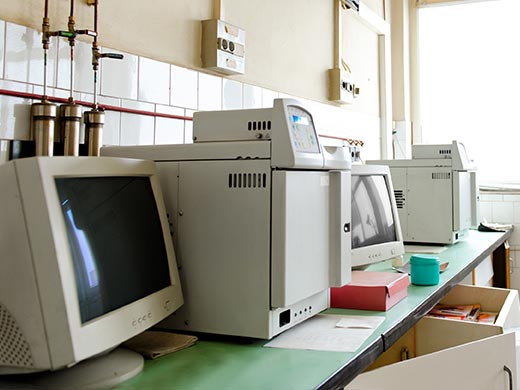
How much are your older instruments worth?
Trading-in your old instruments can give you the funds you need to upgrade to the latest technologies. Agilent trade-in and buyback services give you cash or credit for your older chromatography, MS, and spectroscopy instruments. We’ll handle the disposition of your used Agilent and non-Agilent instruments, and dispose of them in an environmentally responsible manner.
